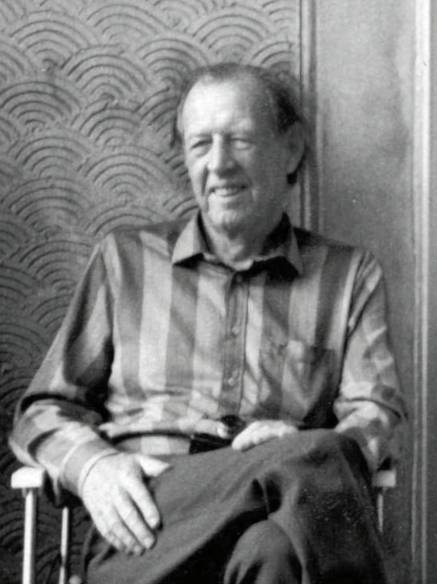Part Three: Production and Structures
27 Political Economies of Mass Culture
sytaffel
Whilst PE has been applied as a way of exploring and understanding the media since the 1960s and 70s, the ways in which it has been used can be characterised as being divided into two fairly distinct approaches which stem from roots in Europe and the USA. Within Europe, the cultural and political tradition of social(ist) democracy entailed that the model of broadcast media such as television and radio were dominated by public service broadcasters such as the British Broadcasting Corporation (BBC), who were state funded organisations whose services were free at the point of contact and featured no commercial advertising. Consequently, early PE approaches to broadcasting within these countries adopted a Marxist approach which was heavily focused upon the relations between political governance and the media industries, exploring ways that regulation and legislation impacted upon the media whilst also exploring the links between commercial organisations and sections of the press. By contrast, in the USA the lack of a social democratic tradition and politics saw the media organised along strictly commercial lines, which led to PE approaches to media being more focused on the economics of media ownership than their European counterparts.

In the UK, Raymond Williams was a key figure concerned with the study of media and culture within the university system, and his writing made some important revisions to Marxism which were central to the political economy of culture. Marx’s materialism posited that the socio-economic reality of material experience and commodity production formed the base of society, whereas cultural content such as communications and media were seen as the superstructure which grew out of the base. Numerous Marxist readings of culture subsequently argued that as the economic base determines the cultural superstructure, the superstructure simply presents an ideological reflection of the base. Williams, however, contested these notions, arguing that:
We have to reevaluate determination towards the setting of limits and exertion of pressure, and away from a reflected, reproduced or specifically dependent content. And crucially, we have to revalue ‘the base’ away from the notion of a fixed economic or technological abstraction, and towards the specific activities of men in real social and economic relationships, containing fundamental contradictions and variations and therefore always in a state of dynamic process.Williams 1973 p6
In terms of PE, this intervention contends that the understanding of what counts as the socially productive forces constituting the economic base of society is not solely confined to commodities, but that there are a wide range of forces which produce things, and that these forces are historically contingent, they change over time. For example, confining productivity to commodities would contend that whilst the labour involved in producing a guitar is socially productive, the activities of the guitarist who plays the instrument is consigned to being a superstructural detail. Williams’ position, however, is that both elements must be understood as productive forces, and so the line between base and superstructure becomes blurred, although not erased, as Williams also argues that the distinction remains useful so long as the absolute prescriptions it had been used to suggest are refined. With regards to the PE of media, this is a vital move which means that media, and other cultural forms can themselves be understood as socially productive forces, rather than mere reflections of an economic system. So media’s role within society become more complex and nuanced than simple repetitions of ideologically motivated claims, although the PE of media is understood as an important factor which exerts pressures and sets limits upon the forms and approaches that media encompass.
Another key development within the PE of media is the recognition that there exist a number of additional factors surrounding the production of media texts which render them distinct from other forms of commodity. One key difference noted by Nicholas Garnham (1990 p160) is that unlike computers, cameras, coffee and clothing:
The cultural commodity is not destroyed in the process of consumption. My reading of a book or watching of a film does not make it any less available to you. Moreover, the products of the past live on and can be relatively easily and cheaply reproduced anew. Thus it has been difficult to establish the scarcity on which price is based. And thus cultural goods (and some services such as broadcasting, for technical reasons) tend towards the condition of a public good.
It is worth noting that Garnham is writing before the advent of widespread networked digital communications here, so the media and cultural commodities he refers to were stored on media such as vinyl records, videotape, film and paper. Even so, the key notion here is that unlike many other forms of commodity, cultural and informational goods such as media do not often have the same relations to scarcity. Whereas, if I drink a cup of coffee and you cannot drink the same cup, we can both read the same book. This is because the bulk of the productive work is in the production of the informational content of the text, rather than the assemblage of paper and ink. Consequently, in order to maintain a high price for cultural goods, an artificial sense of scarcity has to be manufactured by those who control the distribution of media.
Discussion:
- How do informational commodities such as media differ from those such as cars and clothing?
- Why might this be particularly pertinent when we discuss digital media?

